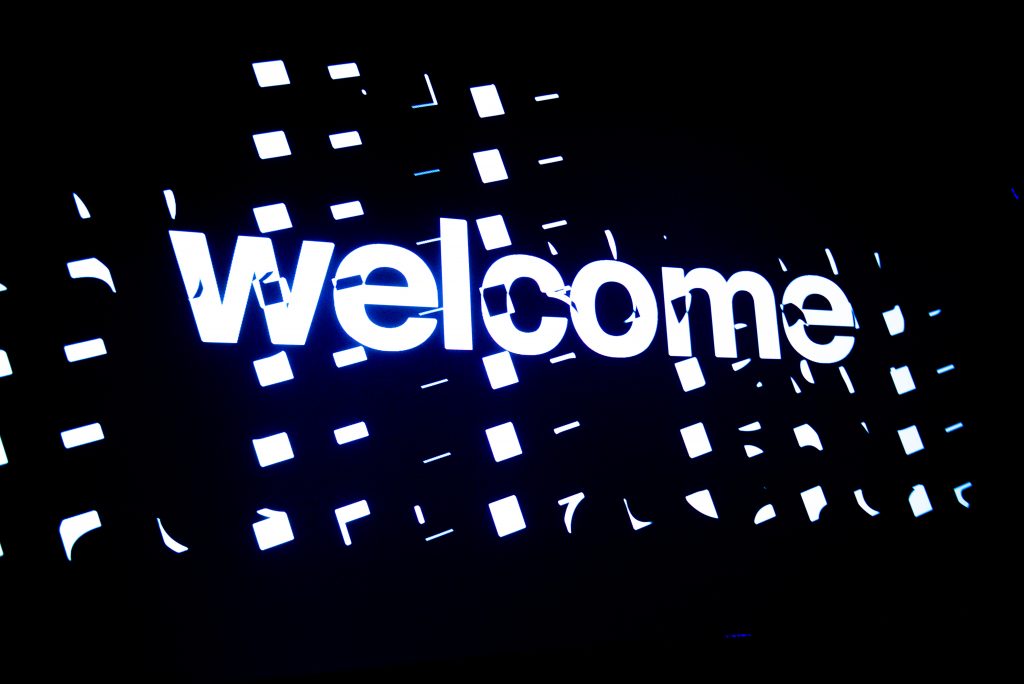The 11th annual ‘What Clients Think’ report by Up to the Light was launched recently in a DBA webinar. Based on 680 in-depth client interviews, the report gives you a unique view into client/agency relationships.
The ‘What Clients Think’ report is a valuable tool for agencies and clients alike. It helps agencies put themselves in their clients’ shoes and predict reactions and objections before they are raised. For clients, it enables them to benchmark the issues they face, their approach to design and the relationship they have with their agencies.
The report is divided into three sections: ‘Client World’, ‘Winning Clients’ and ‘Retaining & Growing Clients’. It particularly helps agencies plan new business approaches, assess their client servicing and improve relationships, because as report author Jonathan Kirk highlights, “client/agency relationships rarely break down due to creative work, it is usually around a servicing issue”.
Here are my top five take-outs from the report and launch event:
Agencies need to better understand potential clients
 This isn’t just about understanding the sector they operate in, that should be a given. Agencies need to understand the internal dynamics of the business. You should be aware of their restrictions and make it easy for them to talk about you and your work internally.
This isn’t just about understanding the sector they operate in, that should be a given. Agencies need to understand the internal dynamics of the business. You should be aware of their restrictions and make it easy for them to talk about you and your work internally.
- 55% of clients say internal challenges are more pressing than external.
- 52% are challenged by needing to convince internal stakeholders.
As report author, Jonathan Kirk highlighted during the DBA webinar, a valuable question to ask clients is: “If you could choose just one area of your business you’d like your agency to know more about, what would it be?” The answers can be revealing, as this video snip shows.
DBA members can watch a full recording of the DBA webinar launching the report, which features Jonathan Kirk giving context around a lot of the statistics and answering questions from the audience.
Be clear on what you do
 Clients find it difficult to differentiate agencies and this can be particularly frustrating when they look at a website and cannot easily understand what it is the agency does.
Clients find it difficult to differentiate agencies and this can be particularly frustrating when they look at a website and cannot easily understand what it is the agency does.
- 70% of clients prefer a statement on the home page that sums up what the agency is all about.
- 56% of clients believe that agency websites lack clarity around the agency’s positioning and offer.
Agencies need to differentiate themselves and stand out – after all, if a client views a group of agencies as indistinguishable, they will choose on price. For clarity, you could consider how to develop a unique positioning statement with the following: “We do X (description of what you do) for Y (type of client) in order for them to do Z (outcomes).”
Websites can work harder
 Building on the last point, is it time to take a fresh look at your website?
Building on the last point, is it time to take a fresh look at your website?
An agency’s website is its shop window to the world and yet, 61% of clients find it difficult to establish what an agency is best at when looking at their site.
Clients want to feel your agency has a right to win their work because you are best placed to solve their issues. How can you demonstrate that?
Use quotes from clients to illustrate how you have delivered in the past. Be clear, have an opinion, don’t try to be all things to all people, but humanise through the use of staff profiles (people buy from people).
- 78% of clients find it frustrating when profiles of agency principals are not adequately shown on an agency’s website.
- 79% of clients agree that it would be helpful if agencies stated more clearly on their websites the type of clients they really want to work with.
'Value for money' is rarely about money
 Clients are feeling budgetary pressures and only 45% say that they considered their agency to be good value for money. But what does that encompass?
Clients are feeling budgetary pressures and only 45% say that they considered their agency to be good value for money. But what does that encompass?
Generally, clients’ value perception is coloured by two things:
1. The agency not managing the relationship very well. For instance, a lack of regular updates from the agency, or if the client feels they have to micromanage due to poor account management, can be factors that negatively affect perceptions of value for money.
2. The agency not being able to talk the commercial language of the client and articulate the value the design could add to the business. Being able to measure design effectiveness and support the client in tracking the relevant metrics to prove impact helps prove your value for money. In this year’s report, 77% of clients stressed an increased need for creative work to demonstrate a return on investment.
Case studies need a closer look
 66% of clients say that agency case studies fail to tell them what they need to know. Clients want to understand the challenge or business problem that was being addressed and how effective the solution was.
66% of clients say that agency case studies fail to tell them what they need to know. Clients want to understand the challenge or business problem that was being addressed and how effective the solution was.
Case studies tend to concentrate too much on what was done, rather than what the outcomes were – what was the impact of your work?
Winning a DBA Design Effectiveness Award is the ultimate illustration of effectiveness, but even just setting out your case studies in the format we recommend for our awards is a good place to start. 63% of clients also stated that they appreciate the use of video in bringing case studies to life, like this one for DBA Design Effectiveness Award winning Guinness NitroSurge.
2025 'What Clients Think' report
Up to the Light’s 11th annual report is based on 680 client interviews conducted on behalf of creative agencies. It is not to be missed by anyone involved in client/agency relationships and is packed with invaluable feedback and insight. Download your copy.
DBA members can watch a full recording of the DBA webinar launching the report.

 This isn’t just about understanding the sector they operate in, that should be a given. Agencies need to understand the internal dynamics of the business. You should be aware of their restrictions and make it easy for them to talk about you and your work internally.
This isn’t just about understanding the sector they operate in, that should be a given. Agencies need to understand the internal dynamics of the business. You should be aware of their restrictions and make it easy for them to talk about you and your work internally.  Clients find it difficult to differentiate agencies and this can be particularly frustrating when they look at a website and cannot easily understand what it is the agency does.
Clients find it difficult to differentiate agencies and this can be particularly frustrating when they look at a website and cannot easily understand what it is the agency does. Building on the last point, is it time to take a fresh look at your website?
Building on the last point, is it time to take a fresh look at your website? Clients are feeling budgetary pressures and only 45% say that they considered their agency to be good value for money. But what does that encompass?
Clients are feeling budgetary pressures and only 45% say that they considered their agency to be good value for money. But what does that encompass? 66% of clients say that agency case studies fail to tell them what they need to know. Clients want to understand the challenge or business problem that was being addressed and how effective the solution was.
66% of clients say that agency case studies fail to tell them what they need to know. Clients want to understand the challenge or business problem that was being addressed and how effective the solution was.





